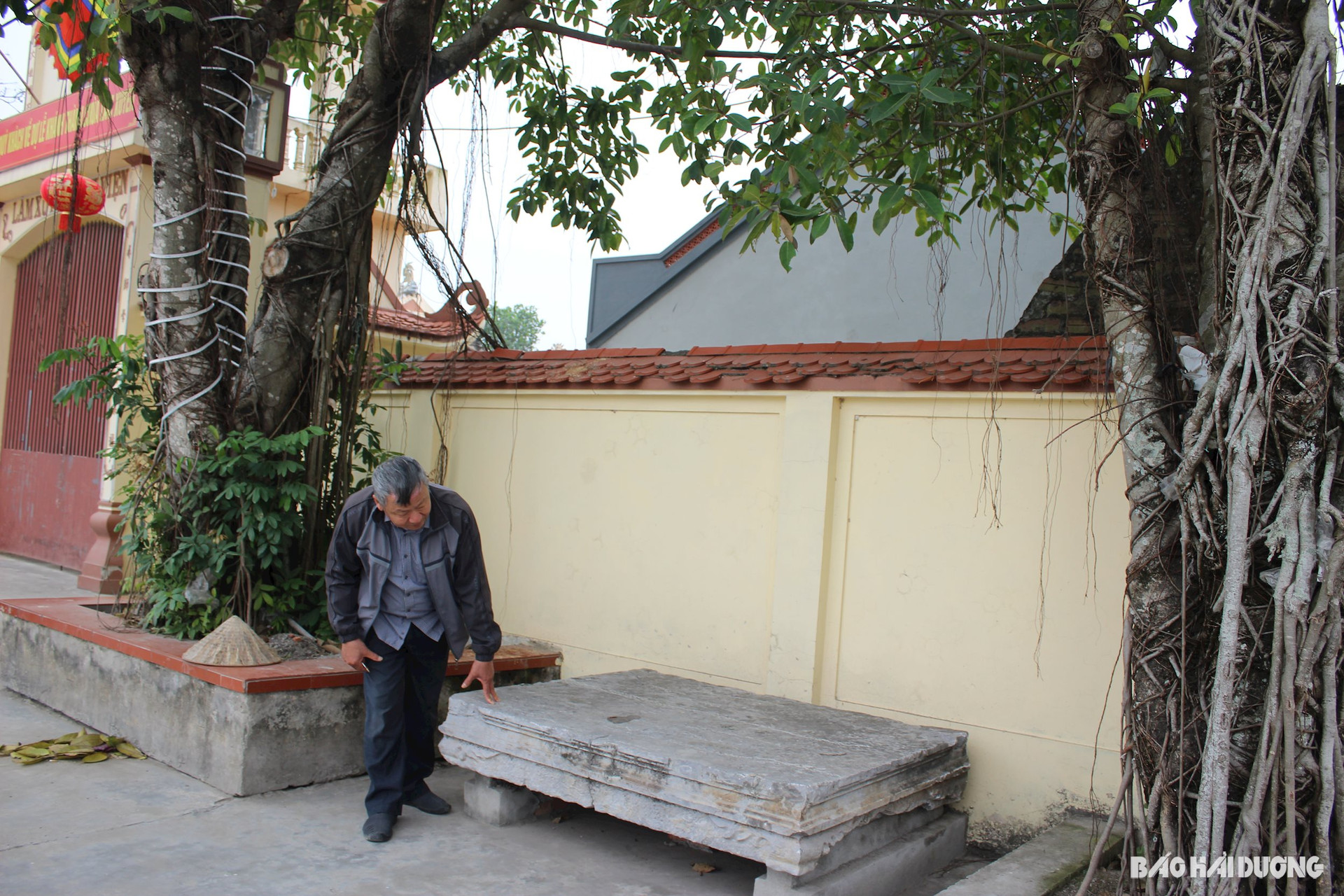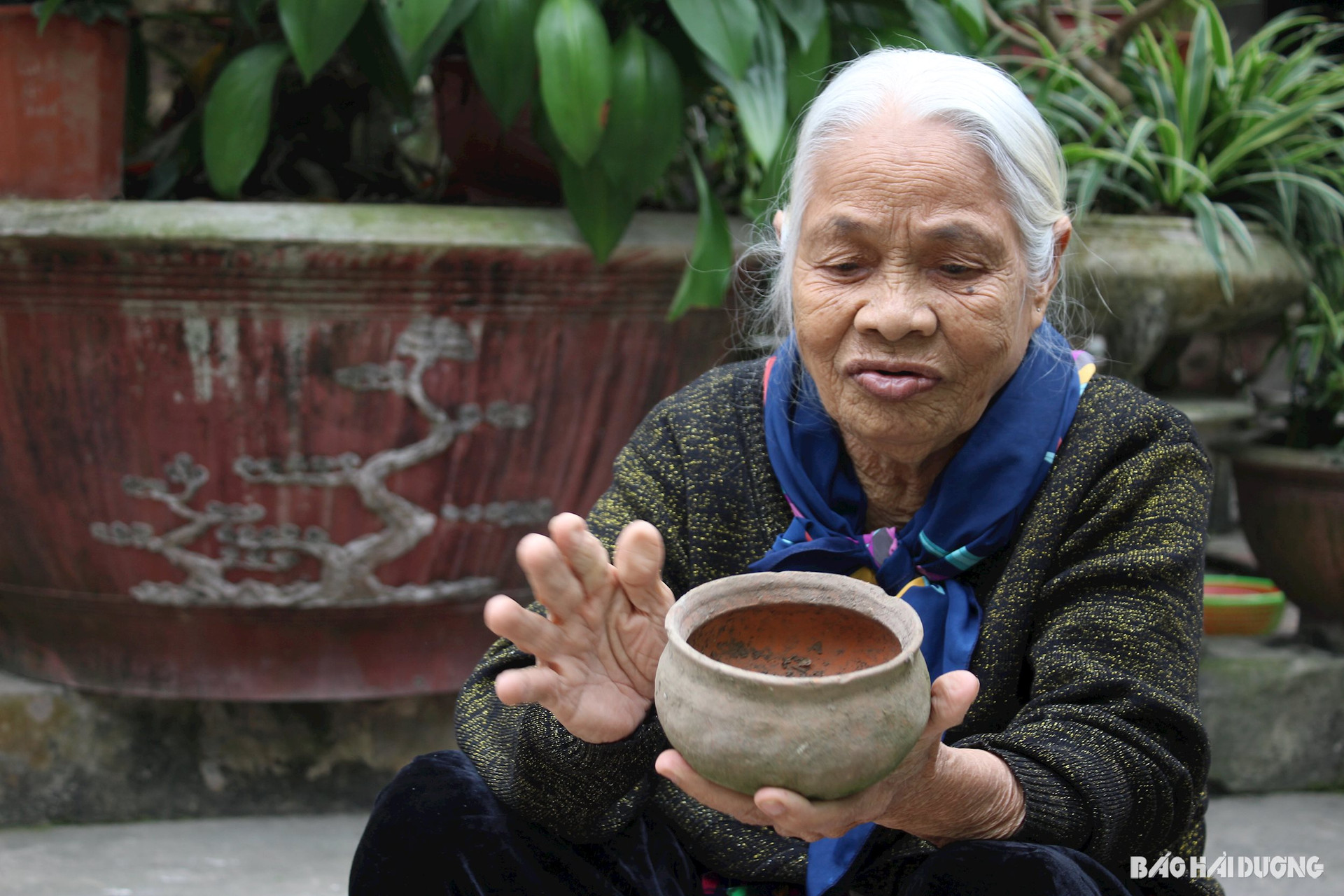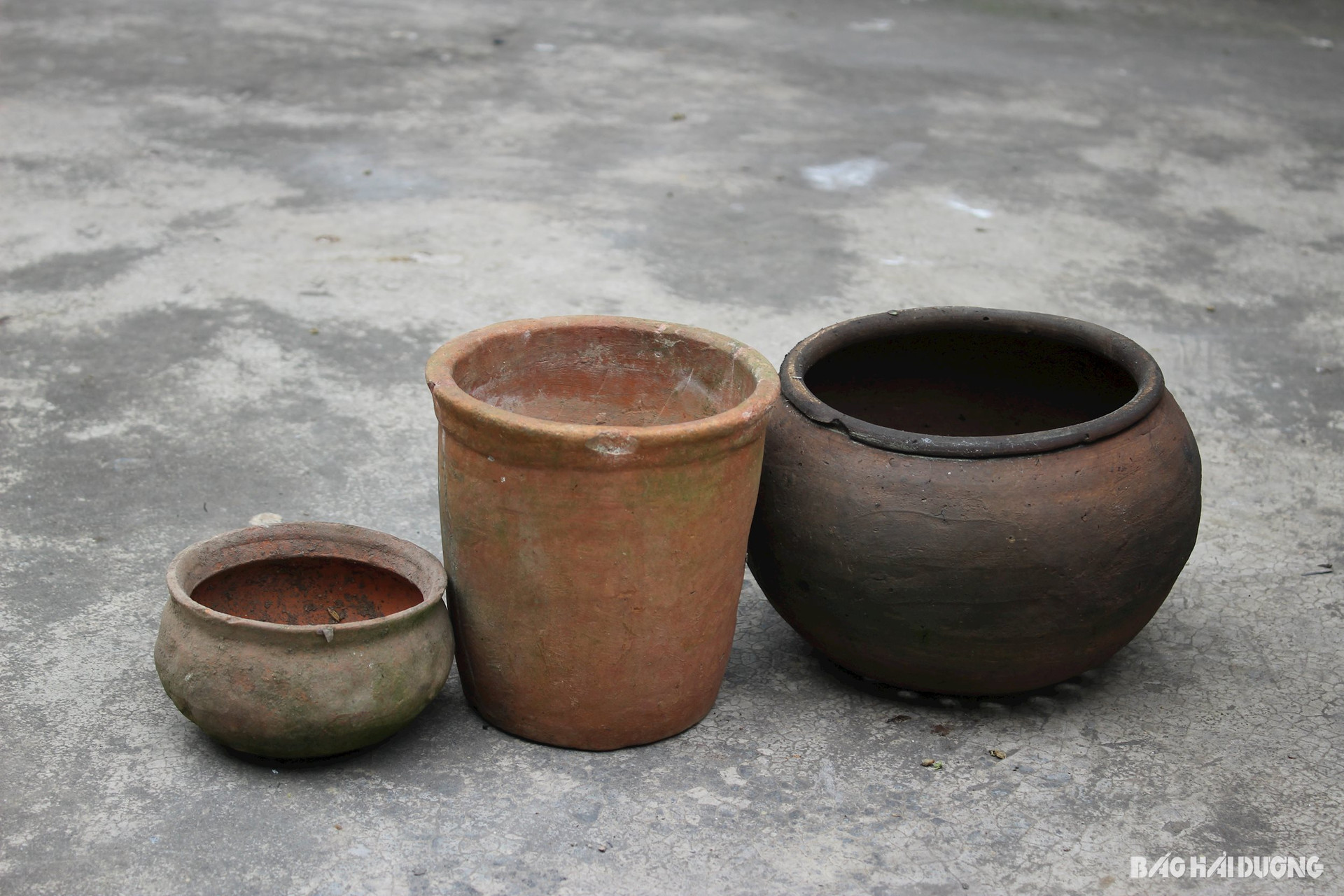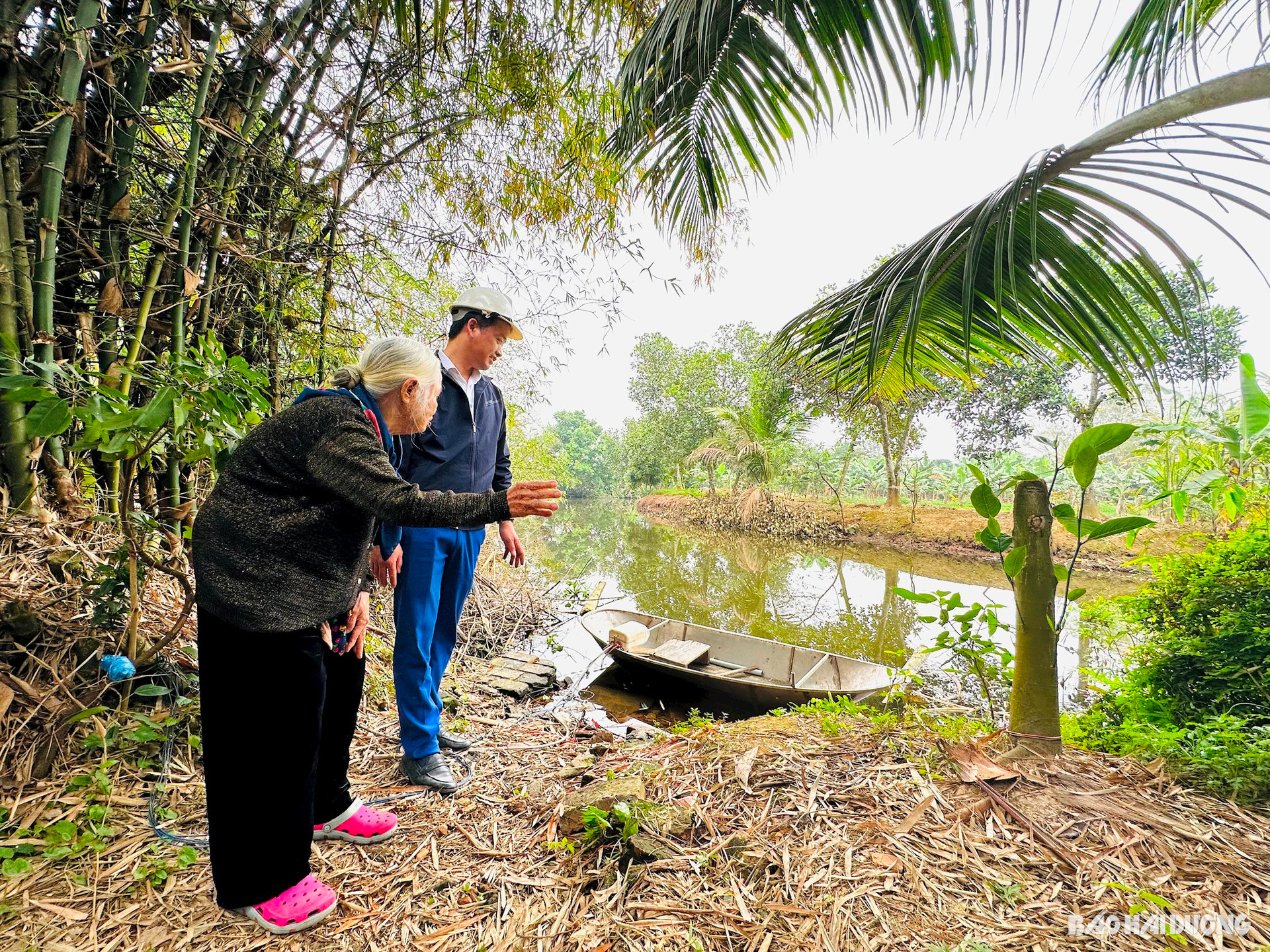Mrs. Hoang Thi Be, the last person to make pottery in Quao village (Hai Duong) once said: "If I die, the village's craft will surely die out." However, she has not died yet, and the Quao pottery craft has been lost.

Faded away... then lost
Quao village in the past, now Lam Xuyen hamlet, Phu Dien commune, Nam Sach district (Hai Duong). On the way to find traces of the ancient pottery craft in this village, if it weren't for the cultural and social officer of the commune and the elderly Party cell secretary and village chief leading us, we would have never seen traces of the once-thriving Quao pottery craft here.
Sitting and chatting with us, Mr. Nguyen Van Tuong, Party Cell Secretary and Head of Lam Xuyen Village, recalled his childhood growing up with a prosperous and comfortable pottery profession. That was the image of pottery kilns so big that he and his friends often played hide and seek in them. Quao market was bustling with pottery both day and night. Quao village pottery at that time was transported by improved vehicles throughout the region, to Nua market in Thanh Ha, Cuoi market in Gia Loc, Lai market in Kim Thanh. Pottery was also sent to Ho market in Hai Phong and then by boat to many other provinces.

"In the past, our elders often said An Dien rice, Quao village money, meaning that at one time Quao village was the most prosperous in the region thanks to the pottery industry. At that time, the market was open day and night, and the village temple was majestic. The pottery industry in the village created many jobs, so people from Ha Nam and Hung Yen flocked here to settle. Now in the village, many people are not originally from here," said Mr. Tuong.
About 30 years ago, the pottery craft of Quao village had long since disappeared. Now it has been lost, no one in the village practices the craft anymore, and it is difficult to find a pottery wheel.
Regarding the reason why Quao village pottery craft is lost, some say it is because of the lack of land. Others say it is because society no longer has a need for clay pots or because the craft is difficult and tiring, so young people do not want to follow...
.jpeg)
Perhaps, all of the above reasons have caused the ancient pottery profession to disappear as it is today. Mrs. Hoang Thi Be (92 years old), the last person to make Quao pottery, once said, "When I die, the village's craft will surely die." However, she is still enjoying herself with her children and grandchildren, but the Quao pottery profession has disappeared. Just 3 years ago, she was still making small clay pots to sell according to orders, earning a profit of 2.4 million VND/month. Mrs. Be unfortunately had an accident and broke her arm, so she could no longer do it. Since then, Quao village has no one to keep the pottery profession alive.
2 ceramic lines, 2 fates

According to word of mouth from Quao villagers, Quao pottery has existed for about 600 years, the same time as Chu Dau pottery. At that time, Nam Sach had two famous pottery lines throughout the region. One line of Quao pottery was mainly earthenware pots and pans, not glazed, for daily use, and the other line of Chu Dau pottery was a high-end fine art pottery line.
Quao villagers believe that because of that difference, the fate of the two ancient pottery crafts in modern society is also different. Looking at Chu Dau pottery today, I feel sorry for the rustic and simple Quao village pottery.
Chu Dau pottery was revived and developed brilliantly after more than 400 years of disappearance thanks to vestiges, but will Quao village be able to do the same?

Coming to Quao village now, the only remaining vestiges are 8 newly salvaged stone slabs brought to the gate of Quao communal house for people to sit on. Previously, these stone slabs were used for pottery sellers at Quao market to sit on. 8 large stone slabs, carved with meticulous and beautiful patterns, prove that Quao market was once very prosperous.
In particular, Quao village now digs wells and ponds, rarely seeing mud but mainly broken pieces of ancient Quao pottery, broken from defective products to save space.
The Quao pottery maker, Mrs. Bé, is 92 years old but she no longer makes pottery. Mrs. Bé has been making pottery since she was 6 years old, and she stopped making pottery 3 years ago, which was 83 years. She said this job is very hard, and young people don't want to learn it.
"The job is very hard, lighting the kiln with sticks, firewood must be watched, whoever finished lighting the kiln would lie down because of the heat, exhausted. The clay to make Quao pottery must be as soft as bread dough. But in the past, the elders were strong, each pot, each large basin containing 20 kg of water could be made," Mrs. Be recalled.
Mrs. Be led us to the riverbank in front of her house where a corrugated iron boat was moored. She pointed and said that this place used to be a very big river, with big boats carrying soil and big boats carrying goods coming right up to the door. Now that it has been filled in, the river is still small like this.
Quao village pottery now exists only in the stories of the villagers. A once prosperous pottery craft has now been lost. Although the villagers still hope to restore the traditional craft, they are also worried about whether Quao village clay pots and basins will find a place in the market. The dream of restoring Quao village pottery is probably still very arduous and far away.
SNOW WIND